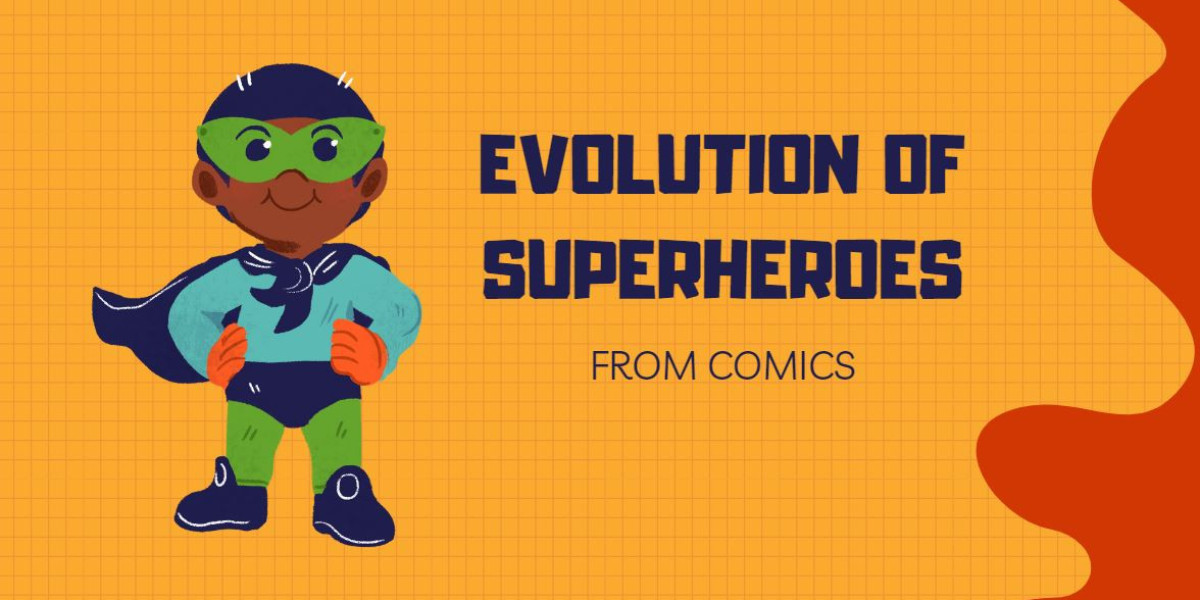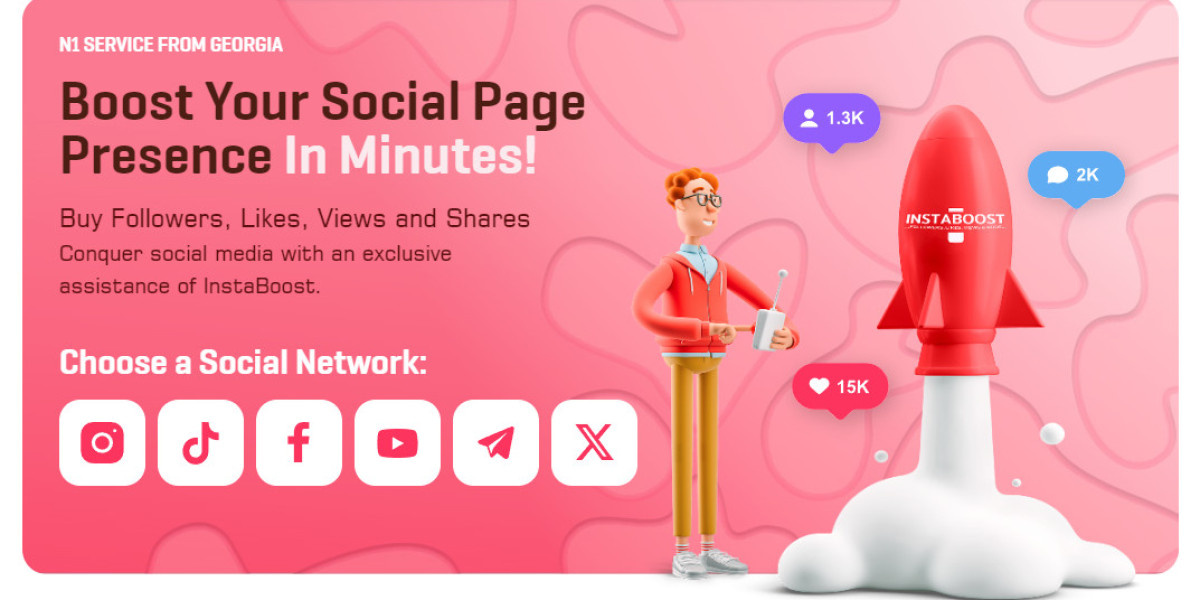Superheroes have always been a big part of our imagination. Whether we see them in comic books, on TV, or in the latest movies, they inspire us with their bravery and special powers. But superheroes didn’t always look like they do today. Over the years, they have changed and grown, moving from the pages of comic books to becoming huge stars in blockbuster movies.
1. The Birth of Superheroes in Comic Books
Superheroes were born in comic books many decades ago. In the 1930s and 1940s, the world was going through hard times, with events like the Great Depression and World War II. People needed hope and inspiration, and superheroes gave them that.
1.1 The Golden Age of Comics
The first superhero to truly capture the world’s attention was Superman, created in 1938. Superman was strong, fast, and could fly, making him a symbol of hope and justice. Soon after, Batman appeared, bringing a different kind of hero—one without superpowers, but with intelligence, gadgets, and a strong sense of right and wrong. These early years of superhero stories are often called the Golden Age of Comics, as many of the heroes we know today were created during this time.
1.2 Heroes Reflecting Society
In these early comics, superheroes often fought against enemies who reflected the real-world fears of the time, like villains representing dictators or criminals. They weren’t just about beating up bad guys—they were about standing up for what’s right in a world that felt uncertain.
2. The Silver Age: More Heroes, More Powers
After the Golden Age, the world changed, and so did superheroes. The 1950s and 1960s brought a new wave of superhero stories, which is often called the Silver Age of Comics.
2.1 The Rise of Marvel
This was the era when Marvel Comics introduced superheroes like Spider-Man, Iron Man, and the X-Men. These heroes were different from the ones that came before them. They weren’t just strong and brave—they also had personal struggles, insecurities, and sometimes even self-doubt. For example, Spider-Man was just a teenager, Peter Parker, dealing with high school problems while also trying to save the world. This made superheroes more relatable and human, showing that even heroes had everyday problems.
2.2 More Diversity in Superpowers
During this time, superheroes became more diverse in terms of their powers and personalities. For example, the Fantastic Four gained their powers through a space accident, and they had to learn to work together as a family to fight enemies. This era saw more creative superpowers and more complex characters, making the stories exciting and fresh.
3. From Comic Books to TV and Cartoons
By the 1960s and 1970s, superheroes weren’t just in comic books anymore. They began to appear on television and in cartoons.
3.1 Superheroes on TV
Superheroes like Batman got their own live-action TV shows, such as the famous 1966 series starring Adam West. This show was fun and colorful, but it was also a little bit silly. It showed that superheroes could be entertaining in different ways. Wonder Woman also became popular in the 1970s with her own live-action TV series, which introduced one of the first strong female superheroes to a wider audience.
3.2 Animated Superheroes
At the same time, animated superhero shows were becoming popular. Superman and other heroes appeared in cartoons, bringing superhero stories to younger audiences who might not have read the comic books. These cartoons helped superheroes reach an even bigger fanbase, making them household names.
4. The Darker Side of Heroes: 1980s and 1990s
As time went on, superheroes began to change again. The 1980s and 1990s brought a new tone to superhero stories—a darker, more serious side.
4.1 Darker Storylines
During this time, superheroes like Batman were given darker, more complicated stories. Comic books like The Dark Knight Returns and Watchmen showed heroes who were no longer perfect symbols of good, but flawed individuals dealing with complex moral problems. This shift made superheroes feel more real, as they faced personal struggles and tough decisions.
4.2 Superheroes as Anti-Heroes
In the 1990s, we also saw the rise of the anti-hero. Heroes like Wolverine from the X-Men were more aggressive, sometimes breaking the rules to do what they thought was right. These heroes didn’t always play by the traditional rules of being “good,” but audiences loved them for their toughness and complex personalities.
5. Superheroes Become Blockbuster Movie Stars
In the 2000s, superheroes made their biggest leap yet—from comic books and TV to the big screen. Superhero movies had been made before, but they really became massive in this era.
5.1 The Early Blockbusters
Movies like Spider-Man (2002) and X-Men (2000) were some of the first to show that superhero movies could be huge hits. With advanced special effects and bigger budgets, these movies brought superheroes to life in ways that had never been possible before. People who had never read a comic book suddenly became huge fans of these characters through the movies.
5.2 The Marvel Cinematic Universe (MCU)
In 2008, everything changed with the release of Iron Man and the start of the Marvel Cinematic Universe (MCU). This series of interconnected superhero movies created a whole new world where characters like Captain America, Thor, and Black Widow could team up in movies like The Avengers. The MCU showed that superhero movies weren’t just fun to watch—they could also tell deep, emotional stories and build long-lasting connections between characters. The MCU has become one of the biggest film franchises in history, making superheroes more popular than ever.
5.3 DC’s Rise in Films
At the same time, DC Comics also made its mark on the big screen with films like The Dark Knight Trilogy (2005-2012). These films, directed by Christopher Nolan, showed a more serious and realistic side to Batman, attracting both comic book fans and people who loved deep, complex films.
6. Superheroes Today: More Diverse and Global
Today, superheroes are everywhere—from movies and TV shows to video games and toys. But they’ve also become more diverse and global than ever before.
6.1 More Representation
Superheroes today represent people from all walks of life. Black Panther (2018) introduced a Black superhero from Africa, while Wonder Woman (2017) gave us a powerful female hero. Characters like Miles Morales (an Afro-Latino Spider-Man) and Kamala Khan (Ms. Marvel, a Pakistani-American Muslim superhero) show that superheroes can be from any background or culture.
6.2 Superheroes Around the World
Superheroes aren’t just an American thing anymore. People all over the world are creating their own superheroes, inspired by their own cultures and traditions. Whether it’s Japanese anime heroes or superheroes from other parts of the globe, these characters show that the idea of fighting for justice and doing good can cross all borders.
7. The Future of Superheroes
So, what’s next for superheroes? As technology improves and more people from different backgrounds tell their stories, superheroes will continue to evolve. We can expect to see even more unique and diverse heroes in movies, TV, and comics. Virtual reality, video games, and interactive experiences might also allow us to connect with superheroes in new ways.
The evolution of superheroes from comic books to blockbusters is a journey of growth and change. What started as simple characters on a page has turned into a global phenomenon that brings people together through shared stories of hope, courage, and fighting for what’s right. Superheroes have always adapted to the times, and they will continue to inspire future generations to be brave, kind, and strong—no matter the challenges ahead.






